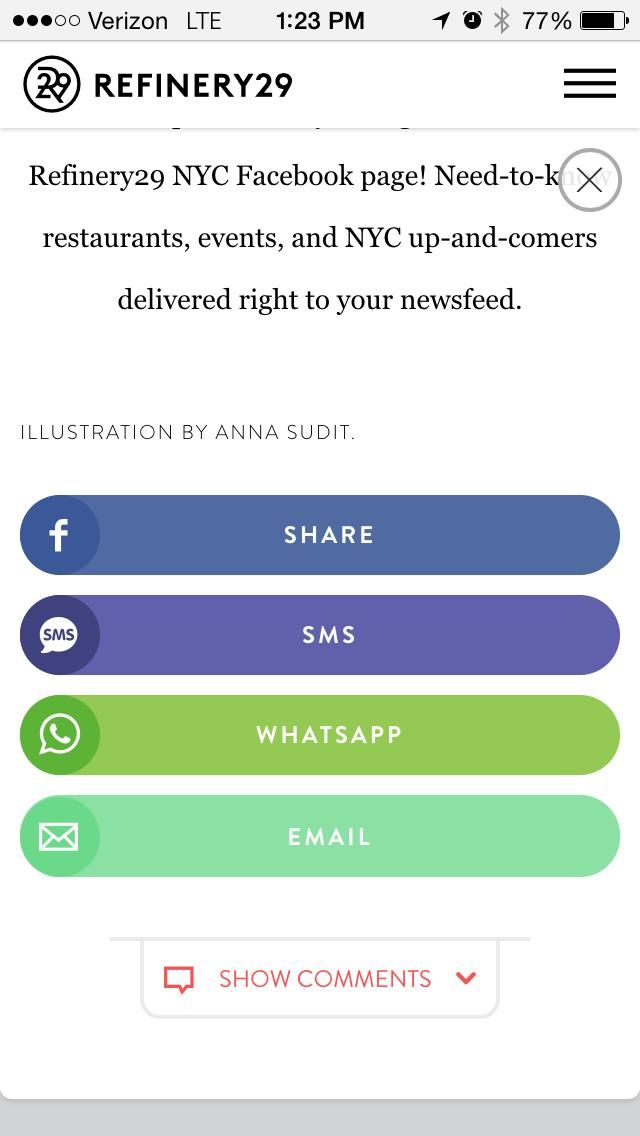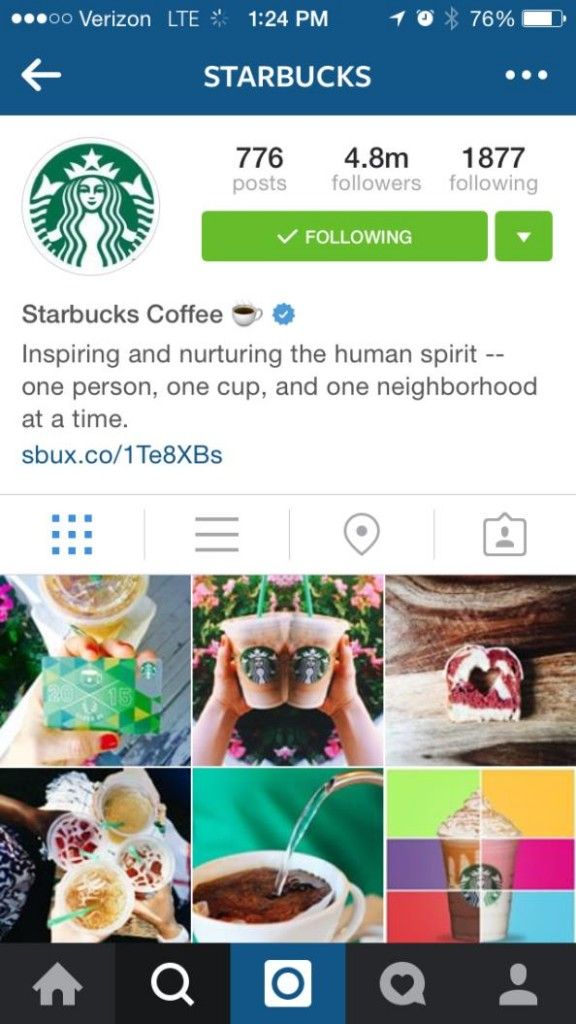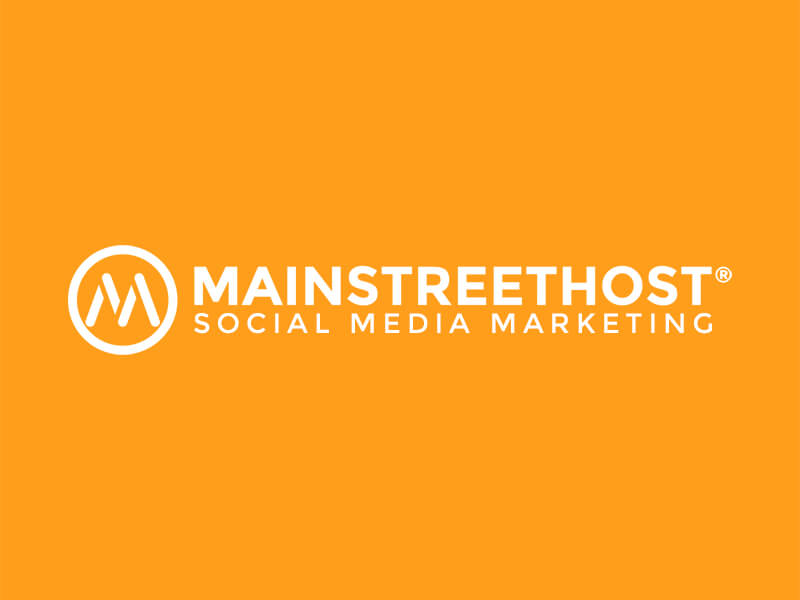Keeping up with the evolving landscape of the internet is a full-time job. At least you’d think it’d be.
For Mary Meeker, venture capitalist and partner of Silicon Valley firm Kleiner Perkins Caufield & Byers, it’s more of a side gig. While maintaining her position at the hugely successful firm takes up most of her time, she also finds time to release an annual report on internet trends and developments from the previous 12 months. She does a great job of reporting on internet happenings in a way that bears importance on a number of different fields and industries, so it’s always interesting to take a look at what she’s come up with.
Her 2015 report is no different, shedding thought-provoking light on everything from cybersecurity to Uber to eCommerce. As content marketers, it’s always vital to keep our ears to the ground and make sure we’re on top of these technological developments, as they provide a blueprint for staying on top of our game and ahead of – or at least in line with – the competition.
This year, Meeker was keen on describing the new ways in which businesses and marketers can create and distribute valuable content to their audiences. Let’s take a look at a few of the most important topics she covered, and discuss how we can incorporate those ideas into our day-to-day marketing strategies.
Mobile Video Is Rising, and Fast. Especially Those of the Vertical Variety.
Mobile usage in general is a theme running throughout her report. Meeker understands the importance of staying on top of the mobile game as she points out that mobile users in 2015 are engaging with digital media on their phones at a rate of 51%, up from 12% in 2008. This means that your audience members are constantly interacting with brands and content, not just when they are at home in front of their desktop computers.
Therefore, you need to adapt accordingly. One way that is addressed in the report is by adopting mobile video strategies. As the aforementioned proliferation of mobile content continues, there is an expected learning curve. Brands first were only able to only present crude, text-based content for mobile users. That day has long since passed. Users have access to faster 4G networks, more opportunities for free public Wi-Fi, and more expansive app options. So they are definitely not going to tolerate anything less than a seamless transition from viewing and sharing desktop content to doing so on mobile.
If your site contains flashy, attractive video options on your desktop site, but on mobile you’re offering nothing but text and still images, your brand consistency takes a huge dive and you’ll miss out on reaching your audience for the majority of their day (outside of their workday, how much time do people really spend at desktops anymore?).
Meeker also makes it clear that brands are experiencing the newfound benefits of vertical video. Even though certain pockets of online commenters have expressed displeasure with major companies like Snapchat using vertical over horizontal video content, the numbers don’t lie. Snapchat has found that – concurrent with apps like Meerkat and Periscope proving the success of vertical streaming – users on their app are nine times more likely to watch an ad to completion if it is vertical as opposed to horizontal. There’s some important psychology behind this. First of all, it’s representative of the aforementioned increase in mobile engagement. The traditionally held viewpoint that horizontal – or landscape – video is more successful than its vertical counterpoint is based on the notion of users viewing the content on large, desktop screens. If you’ve ever watched a YouTube video that was shot on a cell phone appear in vertical on your desktop, you can attest to its awkward geography. That, however, is becoming increasingly irrelevant. When that same video is watched on mobile, which is what is happening more and more often, the vertical format allows for the video to take up your entire screen, filling the spaces and creating a more immersive viewing experience. Meeker is taking notice of this – and so are the more cutting-edge digital marketing strategists.
Using Your Phone to Communicate – What a Novel Idea.
Much of the discussion on the increased use of mobile has centered on users’ ability to watch and share content from their phones. This makes sense, as it is the trend that reflects the most recent and telling departure from the “phone is what you use to call people” conception of the technology. While thinking of phones in that limited scope is, in fact, dated and incorrect, it’s also important to remember those roots.
This important idea is reflected by the global resurgence in “chat apps.” These are apps that allow users to communicate using Wi-Fi or mobile data. The Wi-Fi element is especially important as it allows people travelling in other countries (who may or may not have mobile data accessible to them – and more than likely do not have calling service) to chat. Some of the most popular examples include Whatsapp, Viber, and Skype. Many people see these apps as the “gateway drug” to mobile internet use in developing markets. Marketers should take note because aligning yourself with the sector of the industry that is most quickly moving things forward is a great way to position yourself as a cutting-edge brand.
If Your Target Audience Is under 24, Visual Content Is Key.
How seriously are you approaching the visual side of your social media strategy? If the answer is anything less than ‘very,’ there’s some room to improve. For younger audiences especially (between the ages of twelve and twenty four), visual content is the key to creating positive brand engagement. This is reflected in the upwardly trending vertical video phenomenon we discussed earlier, but also in the specific social media platforms that are gaining momentum. Instagram, for example, is increasing in popularity while Facebook usage has started to show signs of deceleration (for this particular demographic, anyway).
Platforms like Instagram give users the opportunity to show a more creative side of themselves while still connecting with friends and supporting social interactions. As a small business owner, it’s valuable to think about how that can influence your approach to marketing for millennials. If your brand doesn’t include room for creative engagement, work on a campaign (or speak to whomever it is that you pay for these services) that highlights the ability to share visual content. Of course, if your product isn’t something that millennials will ever be concerned with, and you’re fine with that, don’t worry about it. But if that’s not the case – and it hardly ever is or should be – work on building creative social engagement with platforms like Instagram and Tumblr.
Recap
It’s tough to sum up the constantly and rapidly evolving landscape of the internet in a yearly trends report, but Meeker’s work can be relied upon for consistent and insightful views on what’s happening on the web. This year, her findings were based on expanding into new territory (vertical video), embracing creativity (visual content as a brand strengthener), and full-circle trends (the return of importance of apps strictly used for communication). These trend reports will continue to become valuable for small businesses as each year passes, and more of our daily interactions become web-based.








